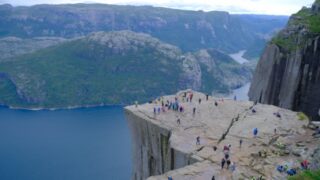The most famous seafood dish in Scandinavia is probably salmon.
When you look at a seafood dish, you may notice that it is garnished with green leaves.
This is an herb called dill.
In Northern Europe, dill is a common ingredient in all dishes, from fish to meat and vegetable dishes.
In this article, I would like to introduce you to dill, a flavorful herb essential to Scandinavian cuisine.
Basic Information on Dill
Dill is an annual herb in the genus Inondo of the Seriaceae, originating from western Europe and western Asia along the Mediterranean coast.
It is about 80 cm long and is characterized by the finely divided tips of its leaves.
Dill leaves have a fresh aromatic flavor. Therefore, the seeds are mainly used as a spice.
Dill’s pungent aroma helps remove odors.
Especially dill is called “the herb of fish” because it goes well with fish and seafood dishes.
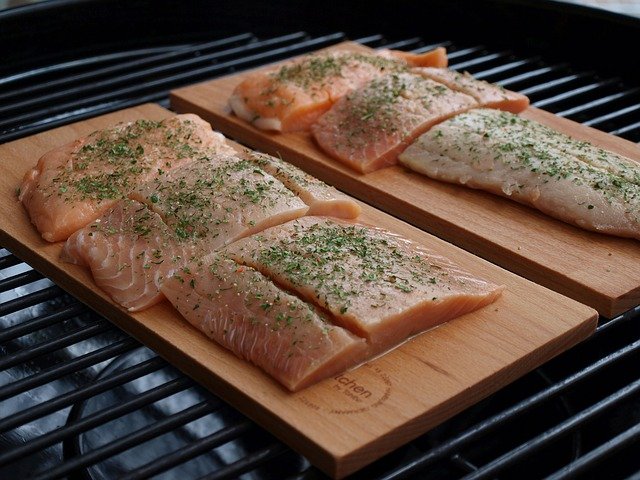
Dill is even indispensable in salmon dishes, a Scandinavian specialty.
It is often used in potato salad and bread, as well as meat and fish.
Dill is derived from the old Norse word “Dilla,” meaning “to soothe.”
As its name suggests, the scent of dill is said to have a calming effect on agitated feelings.
Herbs have been used in daily life since ancient times
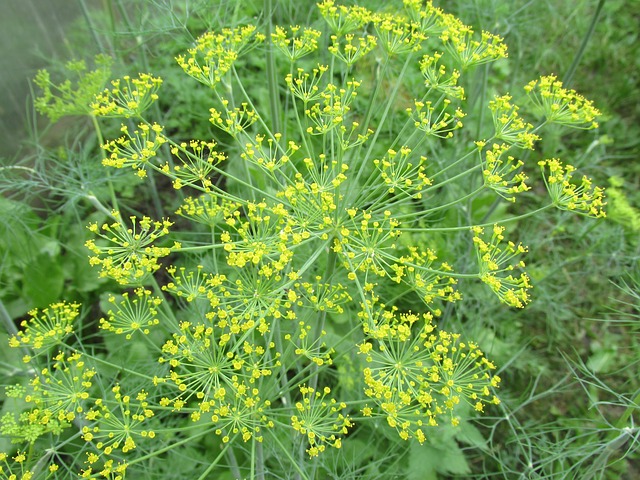
Dill has a wide distribution from Europe to Asia and has a long history of use as a spice or herbal medicine in various regions.
For example, it is known to have been used as early as 5,000 years ago in Egypt and Rome.
A clay tablet believed to have been made during the Mesopotamian civilization in 3000 B.C. was also inscribed with dill as one of its medicinal plants.
Dill also has relaxing and calming effects.
For this reason, in European folk medicine, infused dill was used to help babies cry at night.
Popular in Northern Europe
For example, there is a dish called Smørrebrød.
It is a classic Scandinavian dish, a sandwich of sliced rye bread topped with cream cheese and smoked salmon, flavored and presented with dill.
Dill is also an indispensable part of Kräftskiva, held during the summer months in Sweden, along with boiled crayfish in salted water.
Dill is known as the “herb of fish,” but it is used not only for seafood but also for potatoes, a staple food in Scandinavia.
Various cooking methods, from steaming to roasting, have incorporated dill.
Its appetizing aroma adds a beautiful flavor to dishes.
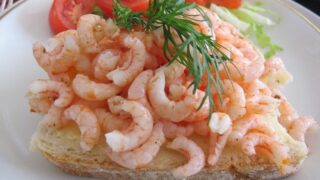
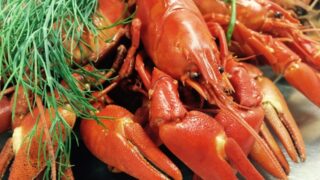
Culinary Usage
Dill can be applied to various dishes, from meat and fish to vegetable dishes such as marinades and pickles.
When dill is used in cooking, the leaf tips or finely chopped stems are added to the food.
Dried herbs are fine, but dill loses its flavor when dried.
It is best to use fresh herbs with a more pungent aroma if possible.
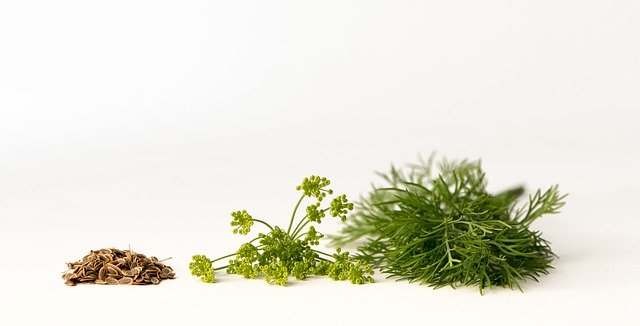
And dill can be used not only for its leaves and stems but also for its seeds.
The seeds are pungent and are often added to dishes as a spice for curries and pickles.
Dill can be added to seafood such as sautéed salmon, soups, and herb-grilled fish to remove the fish smell and make the fish more palatable.
The aroma of dill seed is used as an accent, kneaded into bread-like focaccia.
Dill also goes well with vegetables.
If you have extra dill at home, add it to one of your salads, or mix the chopped leaves with vinegar or dressing and sprinkle it over salads.
Conclusion
Dill is an herb that brightens dishes because of its excellent, refreshing flavor.
It is helpful in salmon and potato dishes and even meat dishes.
Japanese food culture is very similar to Scandinavia’s in that fish is often eaten.
Wasabi and sansho are commonly used in Japanese fish dishes. However, adding dill to fish dishes would be a different way to enjoy them.





